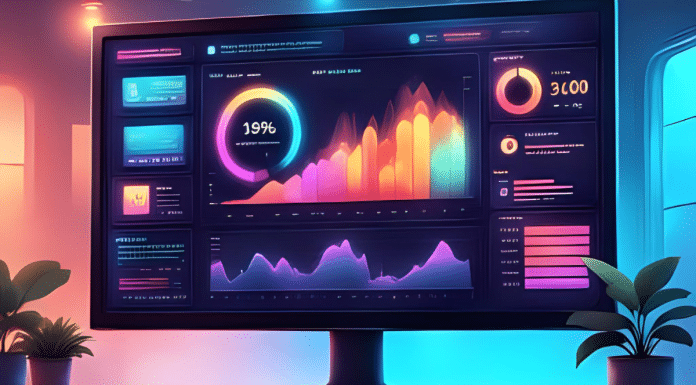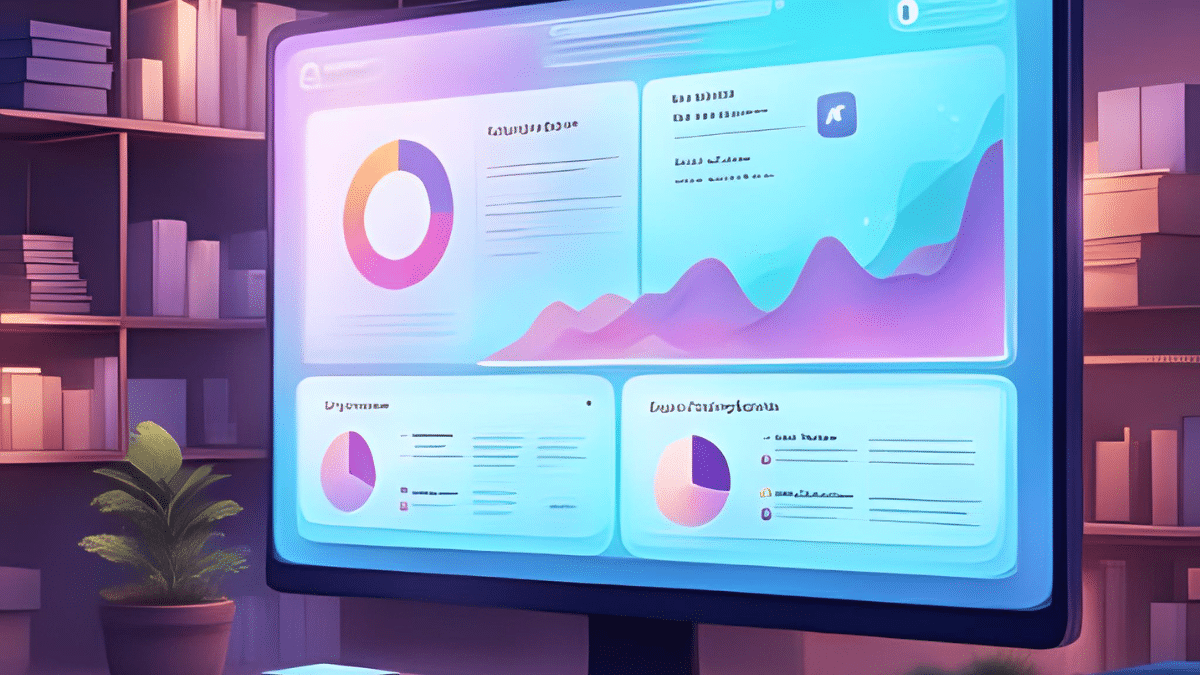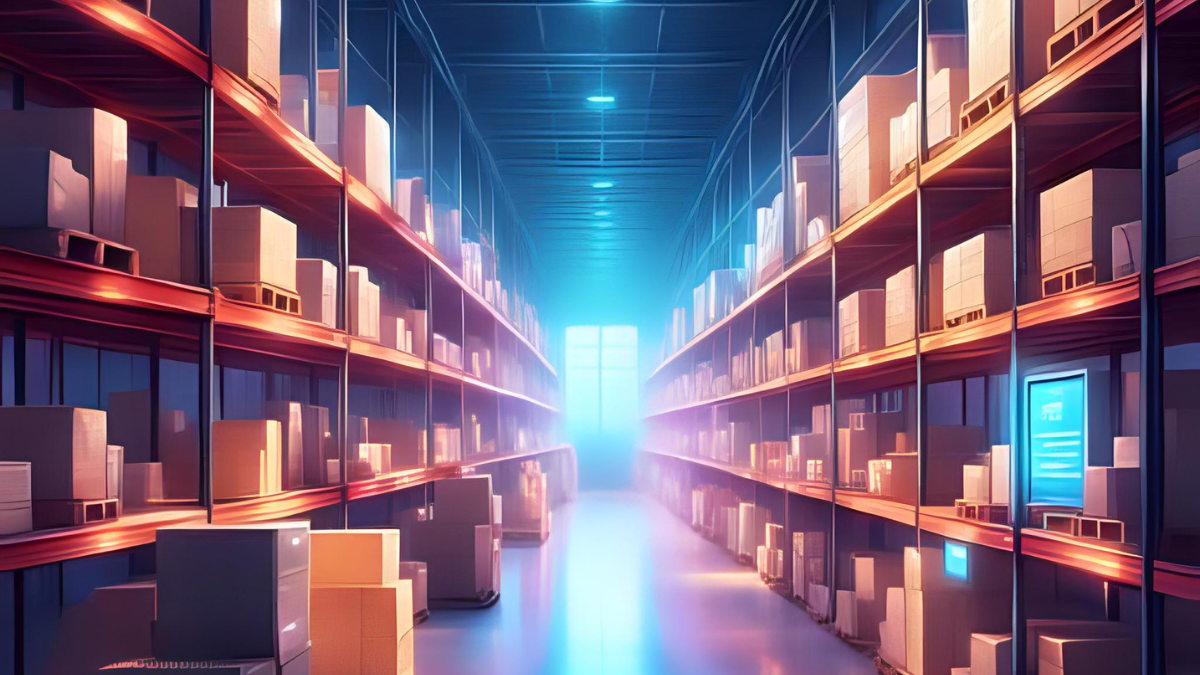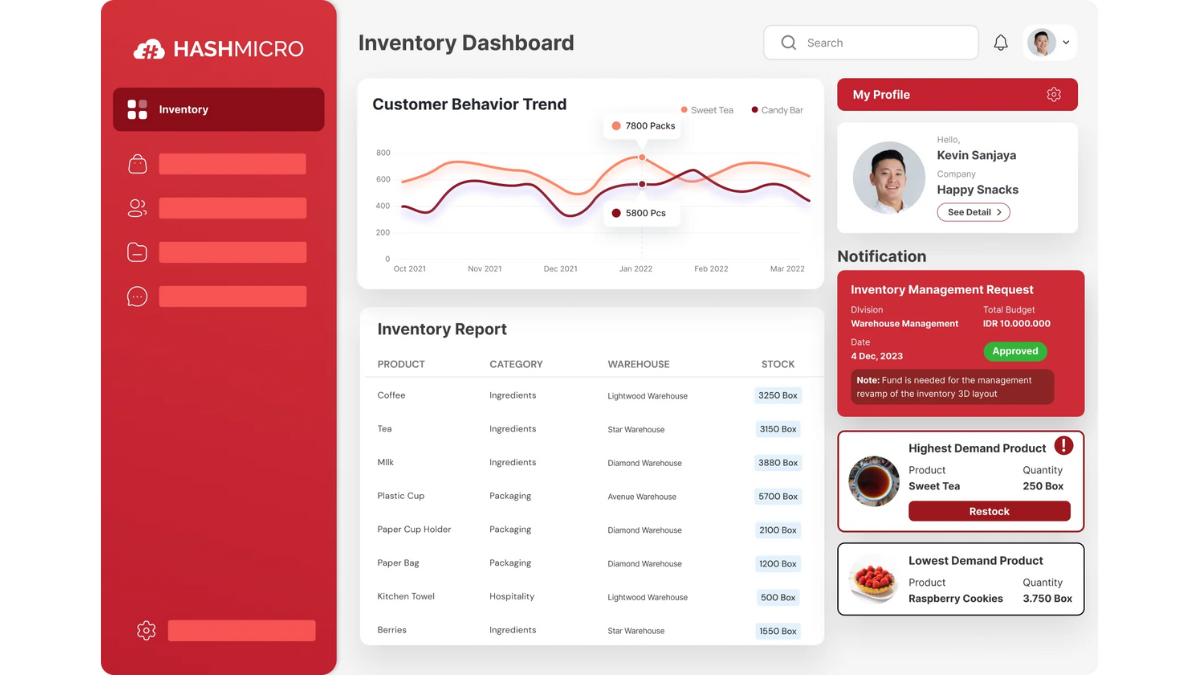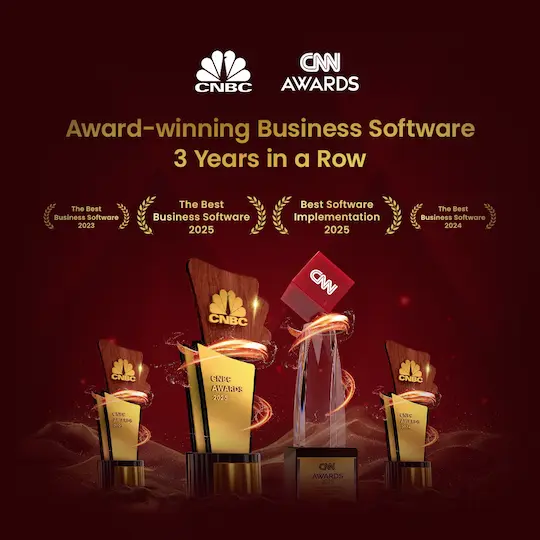Returns may look simple on paper, but poorly managed RMA processes can drive customers away and erode your brand’s credibility. In today’s competitive market, a single negative return experience can spark negative reviews and harm your long-term business.
Inconsistent return policies, lack of visibility, and delayed approvals frustrate customers and slow down your team. Without a structured return merchandise authorization system, staff waste valuable time chasing updates and fixing preventable errors.
A study by DHL Philippines found that 50–70% of consumers check return policies before making a purchase, and difficult returns can lead to lost sales and declining brand loyalty. On the other hand, a seamless RMA experience fosters trust and enhances the likelihood of repeat purchases.
Ready to turn return chaos into a competitive advantage? Please continue reading to discover practical RMA best practices and explore the software solutions that enable them.
Table of Contents

Key Takeaways
|
What is RMA?
Short for Return Merchandise Authorization, an RMA is a formal process that businesses use to approve product returns, exchanges, or repairs. Also known as a return authorization (RA) or return goods authorization (RGA), this system ensures that each return request follows proper evaluation before a product is sent back.
When customers request to return an item due to defects, misdelivery, or dissatisfaction, companies use an RMA (Return Merchandise Authorization) to assess the request and assign an authorization number. This process not only prevents unauthorized returns but also provides structure and accountability within a return management system.
Implementing a reliable return merchandise authorization (RMA) system helps businesses streamline returns, enhance customer satisfaction, and lower operational costs. By understanding what RMA is and applying it through consistent procedures, companies can maintain product quality standards while strengthening customer trust.
What is RMA Used For?
An RMA, or Return Merchandise Authorization, plays a key role in the reverse logistics process by providing customers with a formal way to report issues with their orders. Through a return management system, businesses can collect detailed information from customers, such as the reason for the return or the condition of the product, which helps determine the best resolution path.
For instance, a customer returning a product due to sizing issues may trigger a different workflow than one returning a defective item. In this case, the return goods authorization (RGA) helps businesses reroute saleable items back into inventory quickly or direct damaged goods to a central facility for further inspection, repair, or disposal.
Beyond managing returns efficiently, an advanced return merchandise authorization system also provides operational transparency. It can notify warehouse teams of incoming goods, automate approval rules based on item type or return window, and provide insights through analytics, enabling businesses to understand what RMA trends reveal about product quality and customer satisfaction.
How Does an RMA Work?
Understanding what an RMA is becomes clearer when you see how it fits into your return process. Here’s a step-by-step breakdown of how a return merchandise authorization system operates:
1. Set return policies that guide the RMA process
Every company starts by defining clear return policies, rules, and any applicable fees. These guidelines create the foundation for the return management system to decide which products are eligible for return.
Businesses can customize their return merchandise authorization criteria based on product categories or customer profiles to deliver a more tailored experience. By doing so, you prevent misuse while building trust with your customers.
2. Let customers initiate the return
Customers typically begin the return process through a branded portal on your website. This tool allows them to explain the reason for the return and specify if they want a refund, repair, or replacement.
A user-friendly interface ensures the return is initiated smoothly, with minimal back-and-forth. An efficient return goods authorization (RGA) system starts by empowering customers with this self-service option.
3. Review and approve or deny the return
Once a request is submitted, the system reviews it against your pre-set conditions. If the return is valid, your team will issue an RMA number and form, along with step-by-step return instructions.
This formal approval, known as a return merchandise authorization, gives both parties clarity and traceability. Automating this step through your RMA technology saves time and reduces human error.
4. Customer returns the item
With an RMA in hand, the customer ships back the item or drops it off at an approved return location. Some advanced platforms, like Narvar, even offer access to over 200,000 drop-off points.
The return merchandise authorization system tracks each return journey to keep both the company and customer informed. This visibility improves convenience and accountability throughout the return cycle.
5. Process the returned product
Once the item arrives, warehouse staff use the RMA details to handle the return quickly and accurately. The system can then trigger the appropriate resolution, whether a refund, exchange, or restocking.
Integrating your return management system with your inventory management software ensures seamless coordination and synchronization. This final step closes the loop and demonstrates the value of a well-managed RMA process.

Why is RMA Important?
A well-designed return merchandise authorization (RMA) process offers more than just operational efficiency; it directly contributes to customer satisfaction. 76% of first-time buyers stated they would return to a retailer after experiencing a smooth return process, demonstrating that a user-friendly return management system can foster lasting loyalty.
Beyond improving the customer journey, implementing an efficient return merchandise authorization system gives your business a competitive edge. By removing the friction often associated with returns, you can turn frustrated customers into repeat buyers and brand advocates.
An additional benefit of using RMA technology is its ability to reduce fraud. With tools that require photo proof or detailed return reasons, a return goods authorization (RGA) process helps identify illegitimate claims, protecting your inventory, margins, and reputation from unnecessary losses.
What is the Benefit of RMA?
Understanding what RMA is goes beyond simply approving returns; it’s about building a smarter, more customer-centric operation. Here are the key benefits of implementing a reliable return merchandise authorization system:
1. Streamlined returns workflow
A structured RMA process helps organize return requests from start to finish. By using a centralized return management system, businesses can automate approvals, track return statuses, and reduce manual workload.
This eliminates confusion and creates a more consistent experience for both staff and customers. The result is faster processing and fewer bottlenecks across the reverse logistics chain.
2. Improved customer satisfaction and loyalty
A seamless return merchandise authorization experience gives customers the confidence to shop without hesitation. When returns are easy and transparent, customers are more likely to come back, even after a disappointing purchase.
An intuitive return goods authorization (RGA) process shows that your company values honesty and accountability. This leads to stronger relationships and a higher lifetime customer value.
3. Reduced operational costs
With automation in place, an RMA system can significantly reduce labor costs associated with handling returns. Warehouse teams can process inbound goods more efficiently using pre-approved return data.
A robust return merchandise authorization system ensures returned items are sorted correctly, whether for restock, repair, or disposal. This efficiency directly impacts your bottom line by minimizing waste and resource usage.
4. Fraud prevention and risk mitigation
A formal return goods authorization (RGA) process adds an essential layer of verification to every return. By collecting detailed reasons and even requiring photo uploads, businesses can detect and prevent fraudulent activities.
This level of scrutiny protects both inventory and revenue without creating friction for honest customers. It’s a practical balance between security and service excellence.
5. Actionable data and business insights
Every RMA submission generates valuable data that can inform product improvements and customer service strategies. Over time, companies can identify trends in return reasons, product defects, or sizing issues. These insights help fine-tune business operations and ultimately reduce return rates.
Do We Have to Pay Shipping for an RMA?
When it comes to RMA returns, there’s no universal rule about who should cover the shipping fees. However, if the product arrives damaged, defective, or doesn’t match the description, most businesses using a return merchandise authorization system will absorb the shipping cost as a customer-friendly gesture.
Covering return shipping in these cases isn’t just a courtesy; it’s a smart move to protect your brand’s reputation. In the context of what RMA is meant to support, offering prepaid return labels through your return management system can turn a negative experience into renewed customer trust.
That said, customers who return items simply due to a change of mind are often expected to cover the return shipping costs. In fact, studies show that only a small percentage of retailers, including select Fortune 50 companies, cover all return shipping costs. In contrast, many return goods authorization (RGA) processes include customer-paid shipping for discretionary returns.
Streamline Your RMA Process with HashMicro’s Integrated Solution
HashMicro’s Inventory Software provides a powerful, integrated solution to streamline the RMA (Return Merchandise Authorization) process with accuracy and efficiency. Designed to support smarter return decisions, this intelligent system ensures that every return request, inspection, and stock adjustment is handled with complete visibility and control.
With advanced features, businesses can minimize manual handling, reduce return-related bottlenecks, and standardize reverse logistics workflows. A free trial system will demonstrate how a modern return management system can streamline return approvals, track returned goods, and ensure customer satisfaction.
Why choose HashMicro? Unlike basic inventory systems, HashMicro’s return merchandise authorization system integrates seamlessly with inventory, sales, and warehouse modules, enabling auto-approval rules, RMA number tracking, and custom reporting to handle returns strategically.
Key features of RMA management in HashMicro Inventory Software:
- Return Management: Centralize all return requests in a single system to handle RMAs with clarity and efficiency. This ensures a smoother experience for your team and builds trust with your customers.
- Repair Management integrated with RMA and QC: Link repairs directly with return and quality control workflows to streamline post-return decisions. This helps reduce delays and ensures defective items are handled correctly.
- Product Warranty & Expiry Tracking with reminders & reports: Automatically track product warranties and expiry dates for every item in circulation. That way, your team can validate RMA claims more efficiently and ensure policy compliance.
- Stock Take and Inventory Adjustment Management: Update stock levels as soon as returned goods arrive through integrated stock-taking and adjustment tools. This keeps your inventory data clean and prevents costly mismatches.
- Lot & Serial Number Management: Use lot and serial numbers to trace returned items back to their source. This enables you to detect recurring issues and make more informed supply chain decisions.
- Quality Control Management: Run every returned item through automated QC steps to determine condition and next steps. This protects your inventory from reintroducing faulty products.
- FEFO – First Expiry First Out: Re-slot returned items into stock based on expiry dates to preserve freshness. This reduces waste and helps maintain the quality of inventory.
- Stock Card Reporting: Track every return movement with detailed stock cards for complete audit visibility. These insights support more brilliant return handling and future process improvements.
- Stock Per Warehouse with Qty on Hand, Forecast In, Forecast Out, and Forecast Qty: Access real-time inventory data per warehouse—even after returns. This enables better stock planning and avoids over- or under-supplying any location.
- Integrated with Barcode & QR Code: Scan barcodes or QR codes on returned goods to log and validate them instantly. This speeds up the RMA process and reduces human error in every step.
HashMicro’s Inventory Software is designed to adapt and scale with your business, providing you with the control and confidence to manage RMA cases effectively across multiple locations and product lines. Ready to optimize your return goods authorization (RGA) process? Schedule your free demo today and experience smarter, streamlined RMA management with HashMicro.
Conclusion
A well-managed return merchandise authorization (RMA) process plays a crucial role in modern business operations by streamlining reverse logistics and protecting customer relationships. From damaged goods to warranty claims, RMA systems help companies resolve return issues with transparency and structure.
HashMicro’s Inventory Software provides an intelligent, integrated return management system that automates RMA tracking, quality control, repair handling, and inventory updates, all within a single platform. With features such as barcode integration, warranty tracking, and lot number management, HashMicro enables your business to handle returns more efficiently, accurately, and with complete visibility.
Want to see how a smart return merchandise authorization system can improve customer satisfaction and operational efficiency? Schedule your free demo with HashMicro today and experience RMA management that works for your business.








